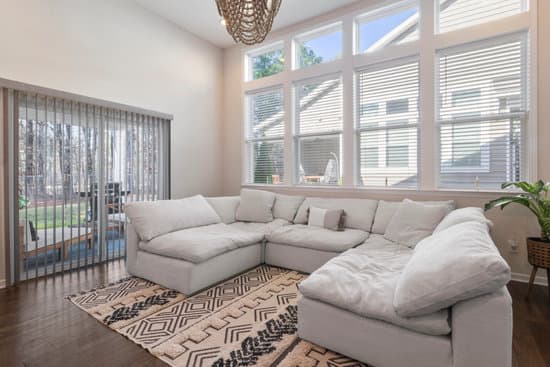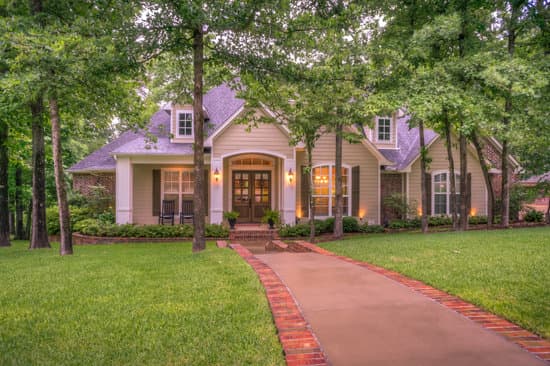If you’re considering moving to Maine and you’re interested in living in a tiny house, you may be wondering whether they’re allowed in the state. The good news is that tiny homes are legal in Maine, but there are regulations in place that determine where you can build or place one. Here are the key points you need to know:
For a tiny home to be permitted in Maine, the municipality it’s located in must allow for the construction or placement of single-family dwellings.
It’s also possible to build a tiny home in Maine as an additional structure on an existing single-family dwelling property, subject to relevant land use requirements for single-family dwellings.
Alternatively, a tiny home can serve as the structure of an addition to a single-family dwelling.
By following these regulations, you can legally own and live in a tiny home in Maine. Keep in mind that you’ll also need to comply with any other relevant laws, such as those governing building codes and zoning requirements. With a bit of research and careful planning, however, it’s possible to make your tiny house dreams a reality in Maine.



















